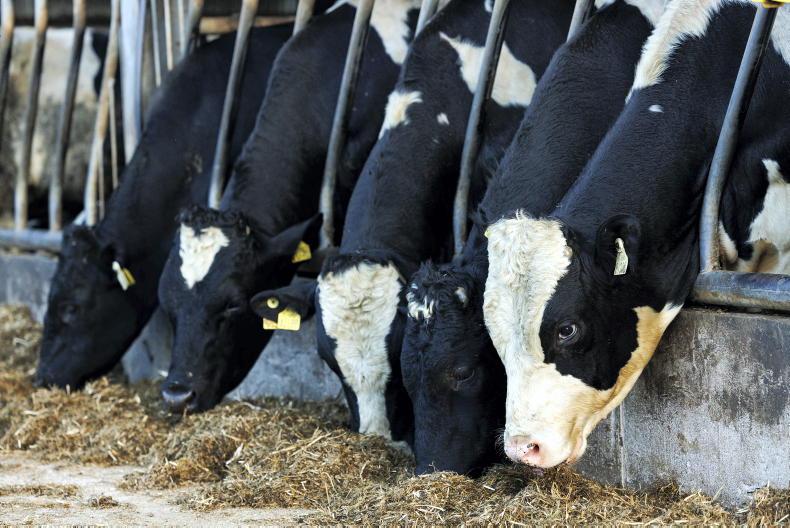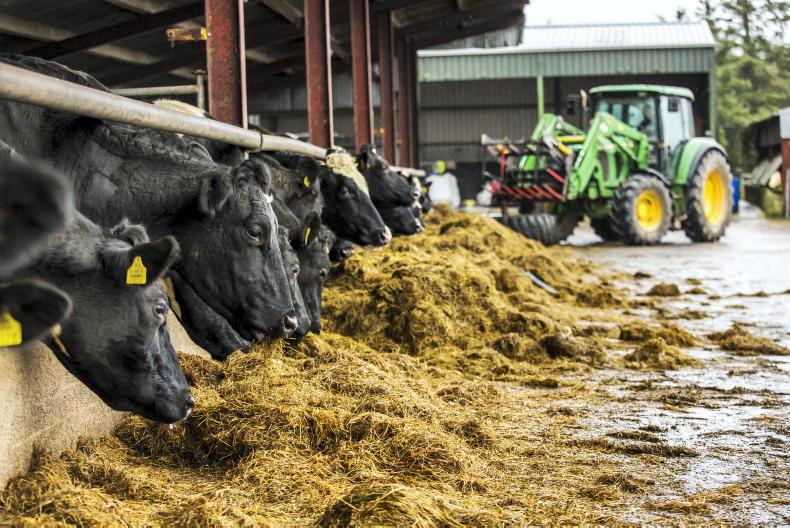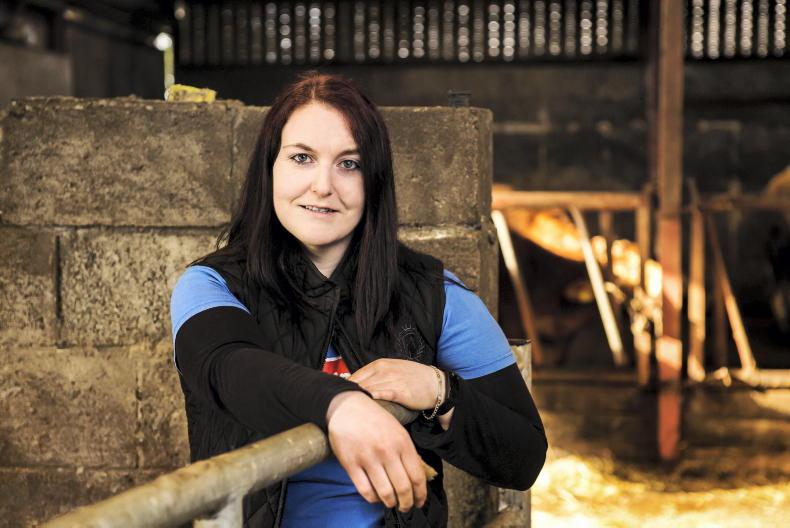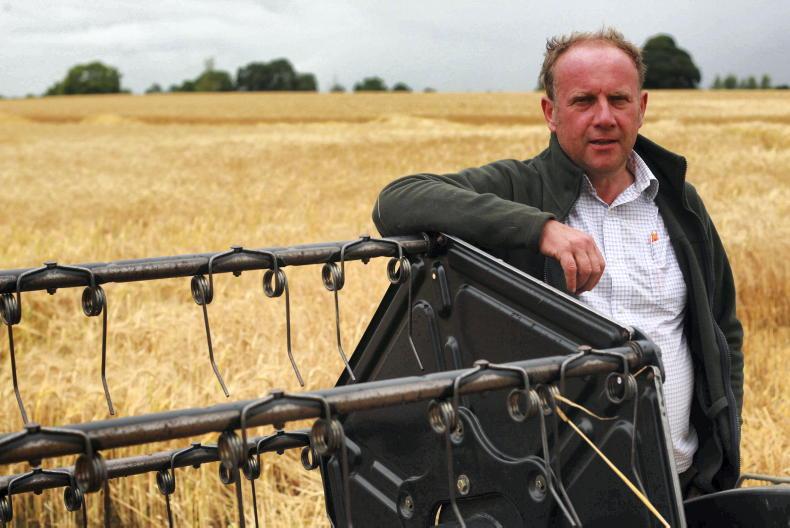Weather forecasts indicate drier, settled conditions for the week ahead.
This should see ground conditions improve and an increasing number of farmers looking to harvest first cut silage.
Before then, use your time wisely to have the pit prepared, as well as hard-core areas for storing bales, and consider the following five steps.
1. Clean floor and sidewalls.
Scrape and brush out any waste silage accumulating along the side and rear walls of the clamp. Wash down the floor with either a tanker load of water or with a couple of IBCs.
2. Hard-core area for bales.
Where silage is harvested as bales, make sure you have a clean, hard-core area for stacking and catching effluent.
Ideally, keep such areas away from water courses and choose a site that can be easily accessed by machinery in winter without causing any ground damage.
If stacking bales on a stoned area, make sure the area is well compacted to prevent bales being punctured.
3. Collecting effluent from the clamp.
Collecting all effluent from silage is important and it should be diverted into storage tanks for spreading back onto land, as effluent will replenish soil nutrients.
Placing drainage pipe along the side walls before filling the pit can help to remove effluent or rainwater water seepage.
Once the clamp is filled, a pipe across the front will also collect effluent - however, this only really works when there is a channel present to hold the drainage pipe in place.
4. Use old covers along the side walls.
Placing plastic along the side walls will reduce waste accumulating and improve fermentation. Use the older top sheets from previous years before buying a new cover to cut.
Hanging the plastic can be awkward and time-consuming, but having less waste silage makes it time well spent.
Don’t cut the side covers too short. The longer the cover, the better, as the weight of the new grass being ensiled will pull on the side sheets.
Gather up tyres, gravel bags and green, weighted covers - stack them in an area convenient for covering the pit. Discard tyres that are perished and have exposed wires.
5. Left over silage.
If there is a small quantity of silage left in the clamp, which is perfectly fine for feeding, consider levelling it out on the floor and cover with new grass.
This will avoid the grass slipping, or the clamp splitting, and reduce the risk of accidents when buckraking or rolling the pit.
Read more
Beef Management: grazing conditions, breeding and SCEP magazine
Beef Trends: factories continue hard-ball game
Weather forecasts indicate drier, settled conditions for the week ahead.
This should see ground conditions improve and an increasing number of farmers looking to harvest first cut silage.
Before then, use your time wisely to have the pit prepared, as well as hard-core areas for storing bales, and consider the following five steps.
1. Clean floor and sidewalls.
Scrape and brush out any waste silage accumulating along the side and rear walls of the clamp. Wash down the floor with either a tanker load of water or with a couple of IBCs.
2. Hard-core area for bales.
Where silage is harvested as bales, make sure you have a clean, hard-core area for stacking and catching effluent.
Ideally, keep such areas away from water courses and choose a site that can be easily accessed by machinery in winter without causing any ground damage.
If stacking bales on a stoned area, make sure the area is well compacted to prevent bales being punctured.
3. Collecting effluent from the clamp.
Collecting all effluent from silage is important and it should be diverted into storage tanks for spreading back onto land, as effluent will replenish soil nutrients.
Placing drainage pipe along the side walls before filling the pit can help to remove effluent or rainwater water seepage.
Once the clamp is filled, a pipe across the front will also collect effluent - however, this only really works when there is a channel present to hold the drainage pipe in place.
4. Use old covers along the side walls.
Placing plastic along the side walls will reduce waste accumulating and improve fermentation. Use the older top sheets from previous years before buying a new cover to cut.
Hanging the plastic can be awkward and time-consuming, but having less waste silage makes it time well spent.
Don’t cut the side covers too short. The longer the cover, the better, as the weight of the new grass being ensiled will pull on the side sheets.
Gather up tyres, gravel bags and green, weighted covers - stack them in an area convenient for covering the pit. Discard tyres that are perished and have exposed wires.
5. Left over silage.
If there is a small quantity of silage left in the clamp, which is perfectly fine for feeding, consider levelling it out on the floor and cover with new grass.
This will avoid the grass slipping, or the clamp splitting, and reduce the risk of accidents when buckraking or rolling the pit.
Read more
Beef Management: grazing conditions, breeding and SCEP magazine
Beef Trends: factories continue hard-ball game










SHARING OPTIONS